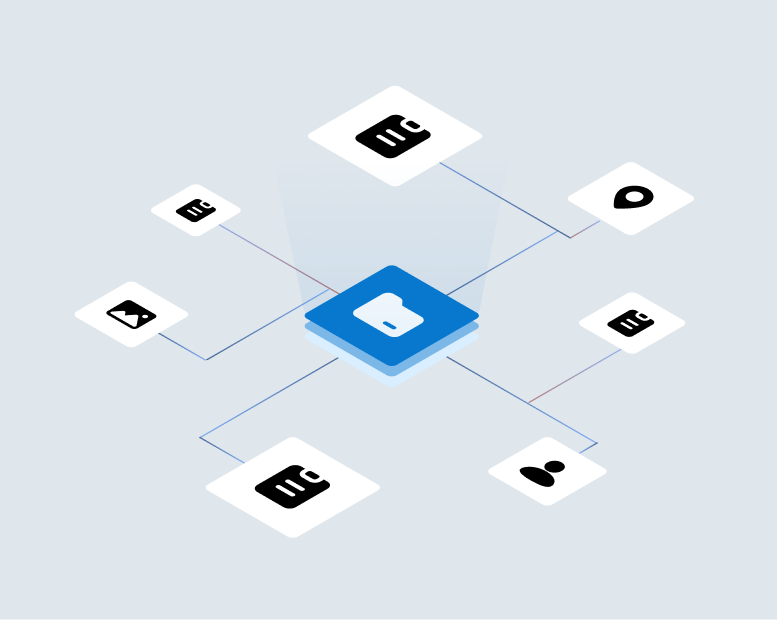Root is a new auto insurance product that uses an app to track prospective customers’ driving for a period of time. The premium is based – in part – on the experience gathered by the app. This is appealing because if I think I’m a better than average driver, I am likely to download the app – it’s so easy. It’s a great customer segmentation strategy that allows Root to simply sort through all the app data for the good drivers and offer them a better rate. But I’m not sure it will improve the pricing of risks much. Why? Because we look for lost keys under the streetlight.
Let me explain: In insurance, it is rarely the risk we can see that is dangerous. It’s the hidden risks – the ones that we don’t see – that wreck profitability. For example, lets say that Root gets data from a husband and wife that own four cars – they’re super safe drivers and so they save 20% on their premium. But what Root doesn’t know and its app can’t tell it is that three of the four cars are used sixteen hours a day in a delivery business. Driven by 19 to 22 year-olds who are paid for speedy deliveries. The better insight into the couple’s driving risk is swamped by the much larger risk that was totally missed.
Root has developed a great system to get much more precise risk data on the drivers that the customer wants Root to see. It’s like they have a very bright streetlight – and so long as the keys (risks) are in the cone of light, Root has an edge. But (as with most lost keys) the worst risks are beyond the light’s reach. And having such an outstanding tool that generates such insight on the risk we see could lead us to over-focus on what we already know fairly well rather than to search for the unknown risk.
It is these risks: the hidden ones that customers don’t want you to see – that we focus on. VeracityID’s mission is to enable carriers to identify and correct inaccurate and/or fraudulent data up front during the quote process and during the life of the policy. We look where where the light doesn’t shine.


